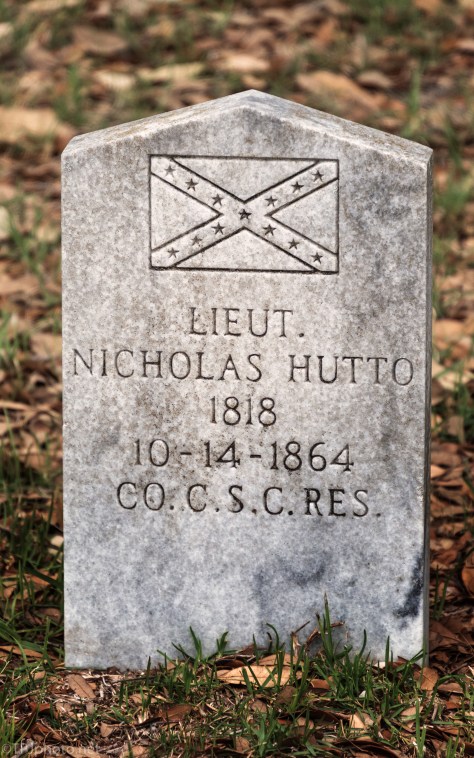The jail was built in 1802. By design it was meant to be intimidating, to serve as a warning. And for good reason since given the history this may have been one of the most brutal places in the US. It was closed in 1939 for being ‘inhumane’. Up to 10,000 people may have perished here over the years.

Towers were removed in the late 1800’s after Charleston had a large earthquake. Other buildings, including the workhouse (a place that made the jail itself pale in comparison) have been torn down over time.

The court of the jail has it’s own history. Execution by hanging was common. Since the jail is surrounded by old houses there were spectators for the executions.
During the Civil War the court yard was used to house prisoners from the 54th Massachusetts regiment. This was a famous African American unit that was kept here because the Union Army wanted them returned as prisoners of war. The Confederate States considered them runaway slaves. The unfortunate soldiers were here until the end of the war.

The old Charleston Jail is being renovated to be used for commercial purposes. A small group was invited to visit and photograph the historical site before it is gone. This is part of that project.















